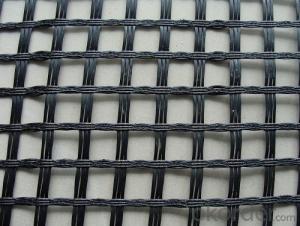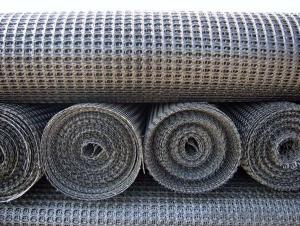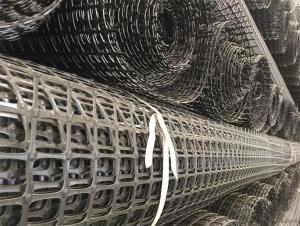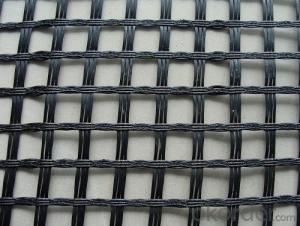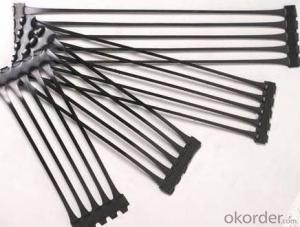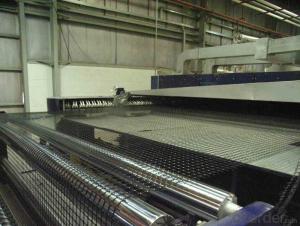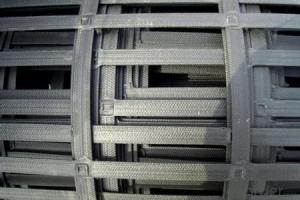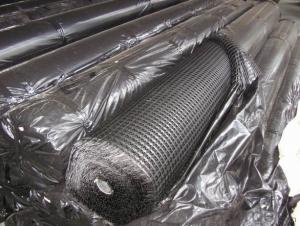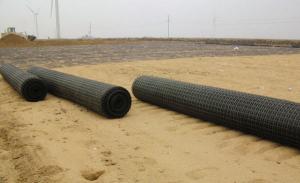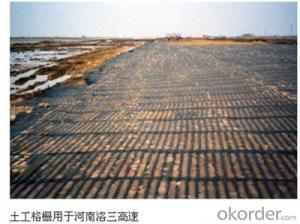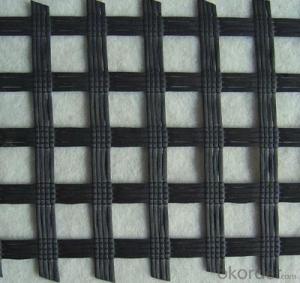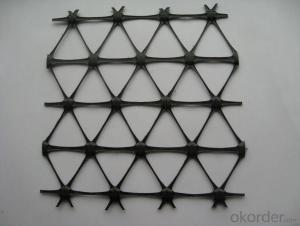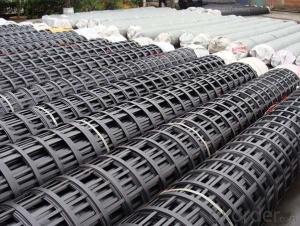Nx850 Geogrid
Nx850 Geogrid Related Searches
Fridge With Freezer On Bottom Driveway Pillars With Lights Blu Ray Player With Recorder Blu Ray Player With Internet Geogrid In Retaining Walls 1708 Biaxial Fiberglass Tape Pullout Resistance Of Geogrid Geogrid Warp Knitting Machine Srw 3 Series Geogrid Biaxial Plastic GeogridHot Searches
Fiberglass Scaffolding For Sale Fiberglass Panels For Sale Fiberglass Greenhouses For Sale Geogrid Fabric For Sale Gas Powered Core Aerator For Sale Revolution 4 Propeller For Sale Alabaster Carving Stone For Sale Geogrid For Sale Near Me Tensar Geogrid For Sale Geogrid For Sale Ex Display Log Cabins For Sale Photoelectric Cells For Sale Athletic Lockers For Sale Cubicle Partitions For Sale Stearman Propeller For Sale Palram Greenhouses For Sale Gumbo Bowls For Sale Suzuki Propellers For Sale Freight Crates For Sale Outhouse Sheds For SaleNx850 Geogrid Supplier & Manufacturer from China
Okorder.com is a professional Nx850 Geogrid supplier & manufacturer, offers integrated one-stop services including real-time quoting and online cargo tracking. We are funded by CNBM Group, a Fortune 500 enterprise and the largest Nx850 Geogrid firm in China.Hot Products
FAQ
- The design considerations for geogrids in reinforced soil slopes prone to seismic activity include selecting the appropriate type and strength of geogrids, considering the geometry and layout of the reinforcement, accounting for the dynamic forces and accelerations during seismic events, ensuring proper connection and anchorage of the geogrids to the soil, and conducting thorough stability analyses to assess the safety and performance of the reinforced slope under seismic loading.
- Classification and application of polyethylene geogrid?
- Polyethylene geogrid is divided into four categories: plastic geogrid, steel plastic geogrid, fiberglass geogrid and polyester warp knitted polyester geogrid
- Geogrids improve the performance of mechanically stabilized slopes in cold climates by enhancing the stability and reinforcement of the soil structure. They provide additional tensile strength to the soil, preventing slope failures caused by frost heave, thaw settlement, and freeze-thaw cycles. Geogrids also distribute the loads more evenly, reducing the risk of slope deformation and improving long-term performance in cold weather conditions.
- Geogrids help in reducing settlement of foundations by providing additional tensile strength and stability to the soil. They act as a reinforcement layer, distributing the load more evenly across the foundation, thus minimizing settlement. Additionally, geogrids enhance the overall stability of the soil, preventing lateral movement and potential soil erosion, which can also contribute to settlement.
- Yes, geogrids can be used in temporary construction platforms for heavy equipment. Geogrids are strong and durable, providing stability and reinforcement to the ground. They can distribute the weight of heavy equipment, prevent soil erosion, and improve load-bearing capacity, making them suitable for temporary construction platforms.
- Yes, geogrids are suitable for use in bridge abutment reinforcement. Geogrids are commonly used in civil engineering projects, including bridges, to enhance the stability and strength of the soil. They provide excellent soil confinement and reinforcement, reducing lateral movement and increasing load-bearing capacity. Geogrids also help distribute loads evenly, minimizing the potential for settlement and improving the overall performance and longevity of bridge abutments.
- Yes, geogrids can be used in slope stabilization. Geogrids are commonly used in slope stabilization projects as they provide reinforcement and enhance the stability of soil and slopes. They help distribute loads, increase soil shear strength, and prevent soil erosion. Geogrids are effective in stabilizing slopes and preventing landslides, making them a suitable solution for slope stabilization.
- Geogrids offer several advantages, including improved soil stabilization, increased load-bearing capacity, and enhanced drainage capabilities. These materials reinforce the soil structure, preventing erosion and promoting long-term stability. Geogrids also minimize the need for excessive excavation and reduce construction costs, making them an economical solution. Additionally, they can be easily installed, making them a convenient choice for various projects.
















